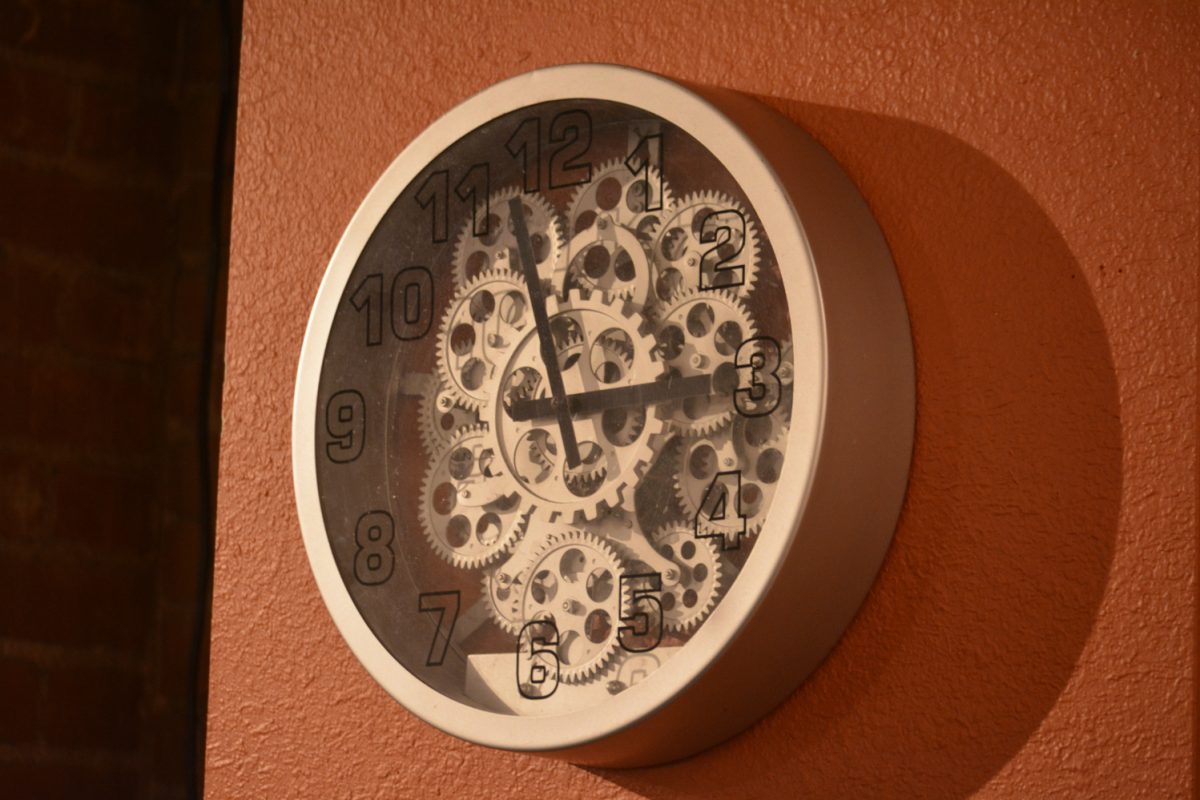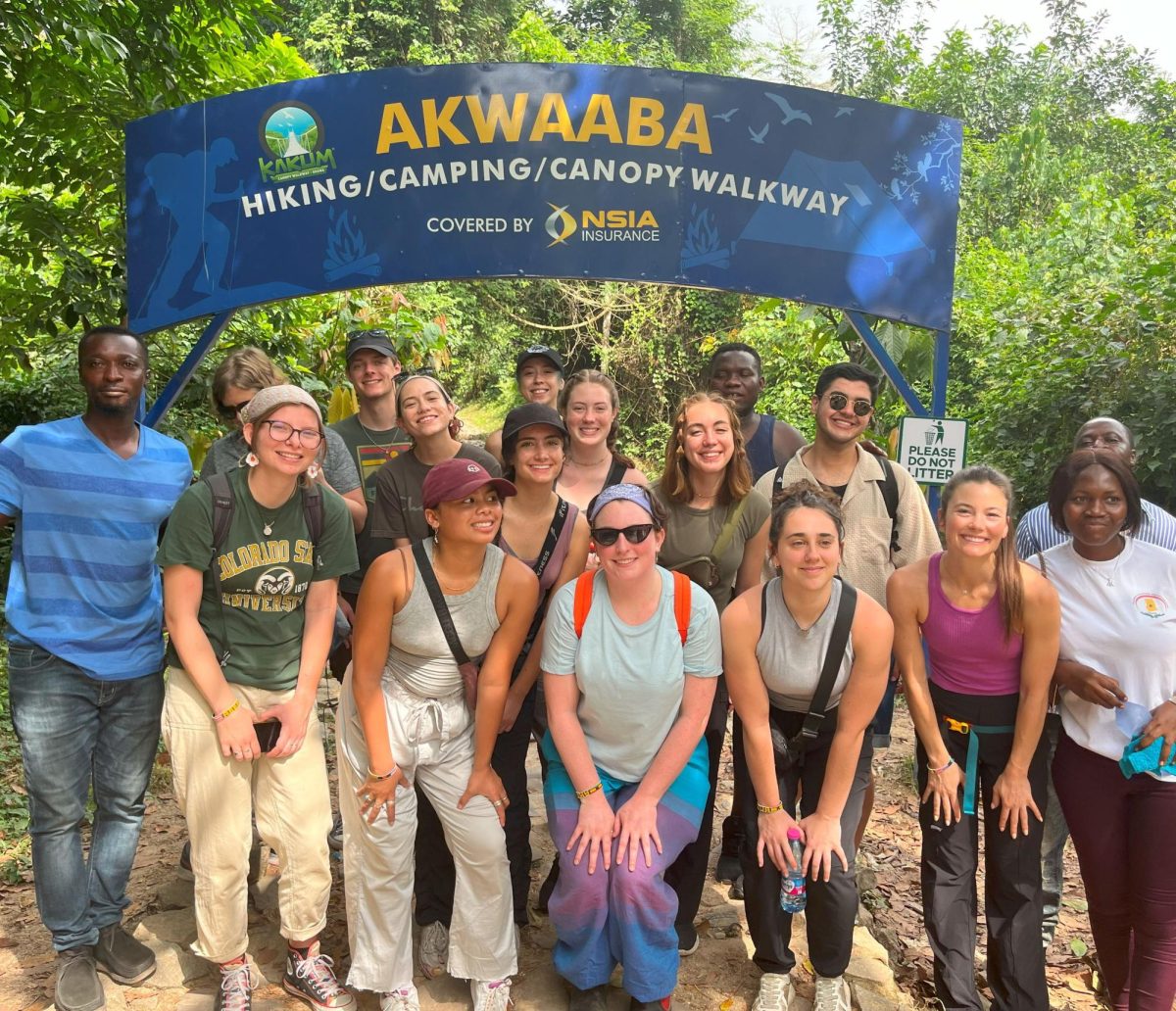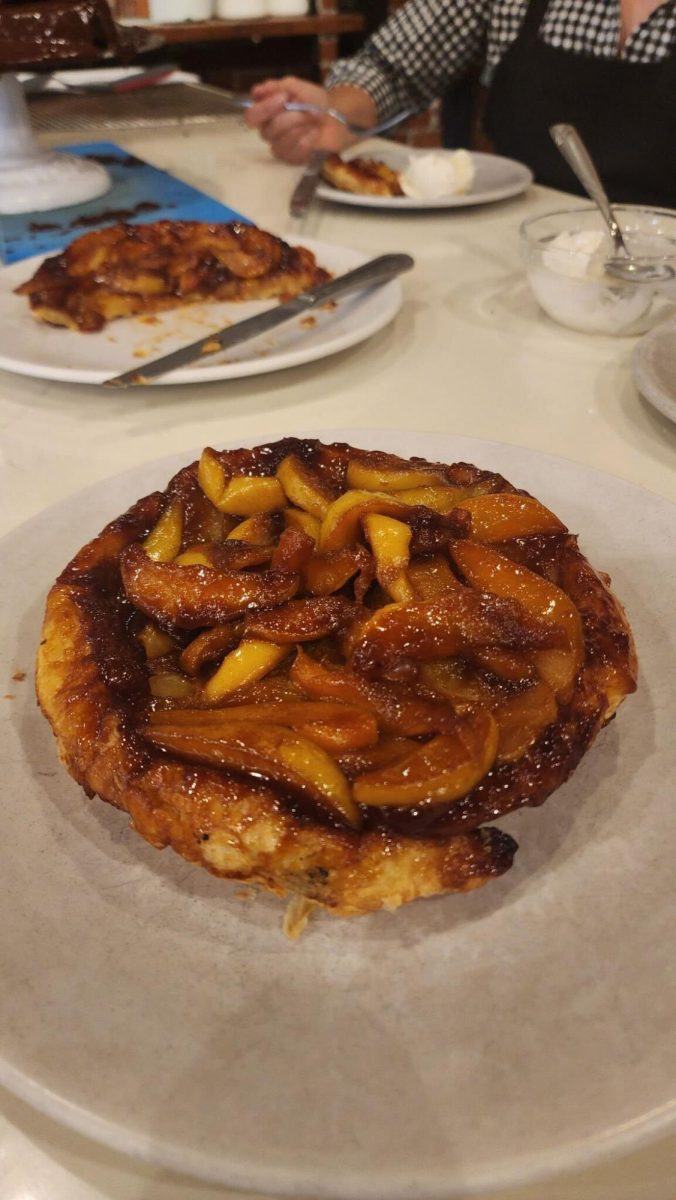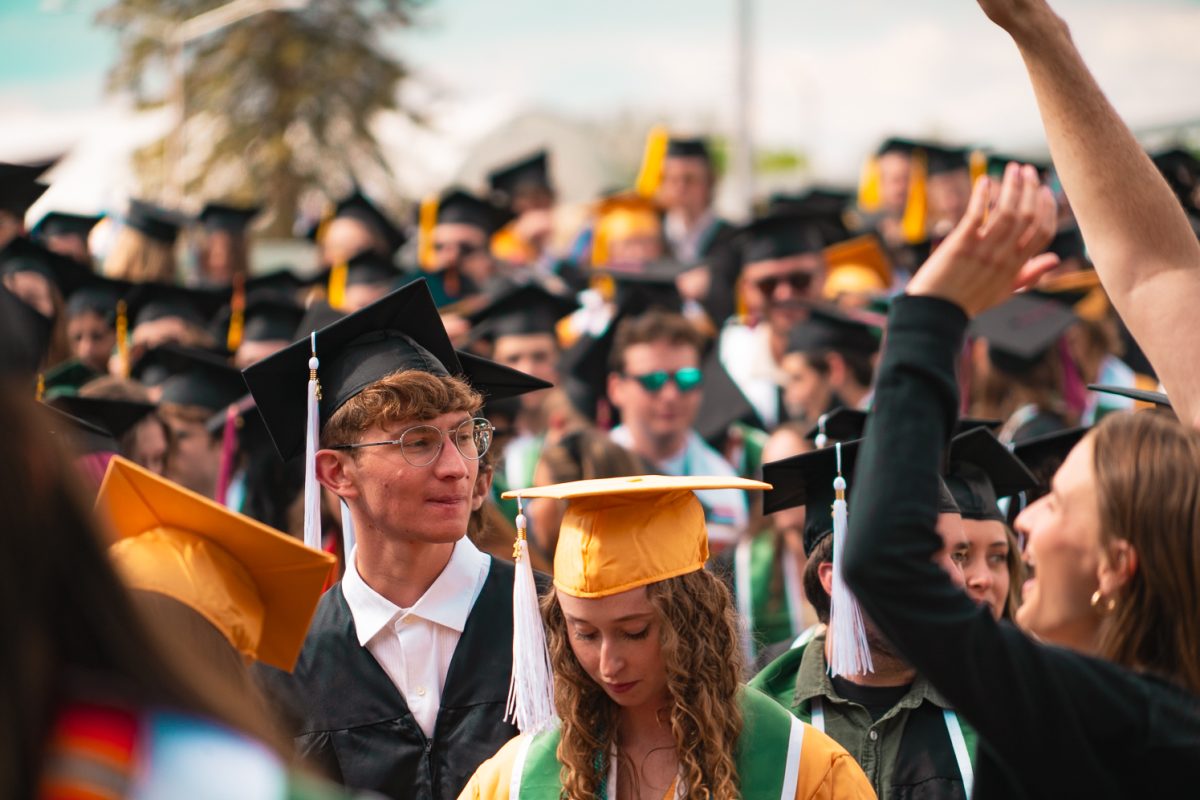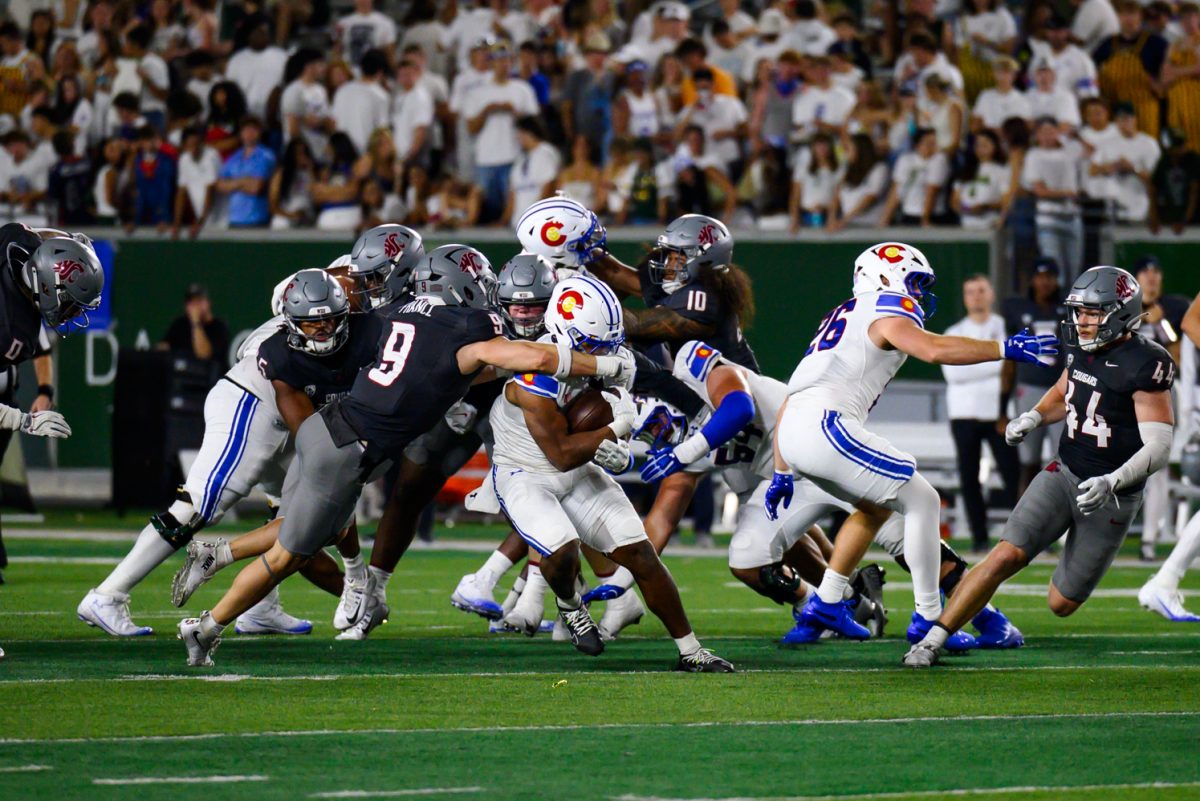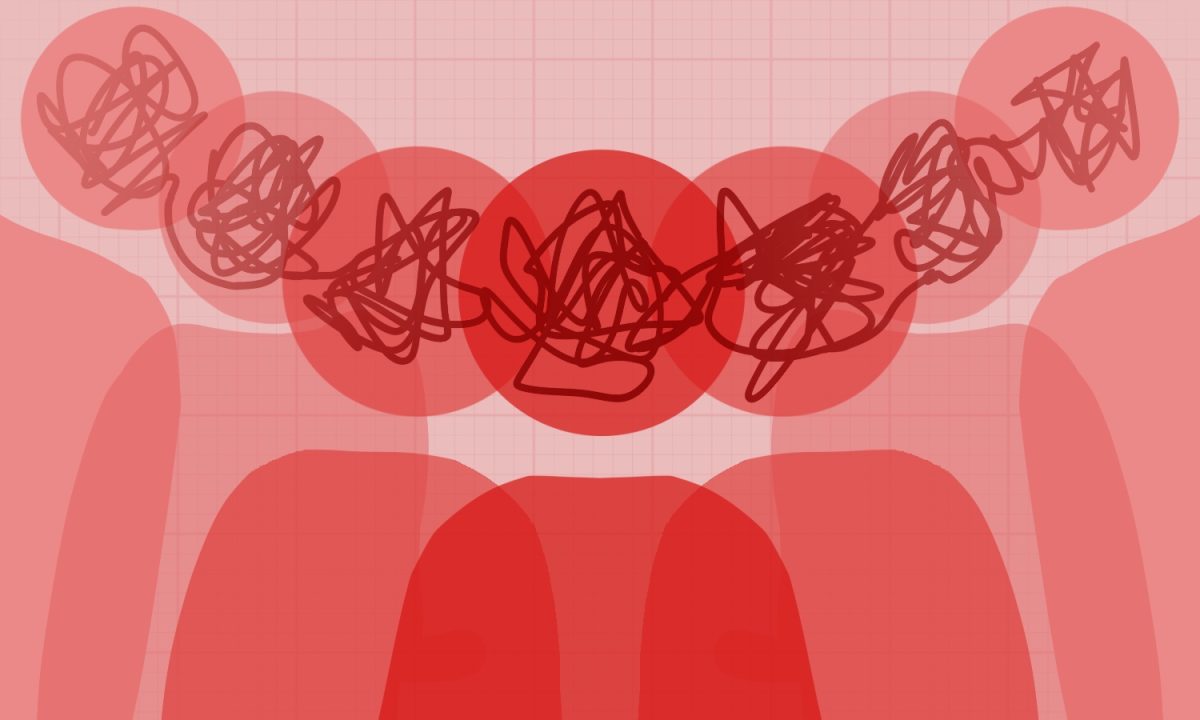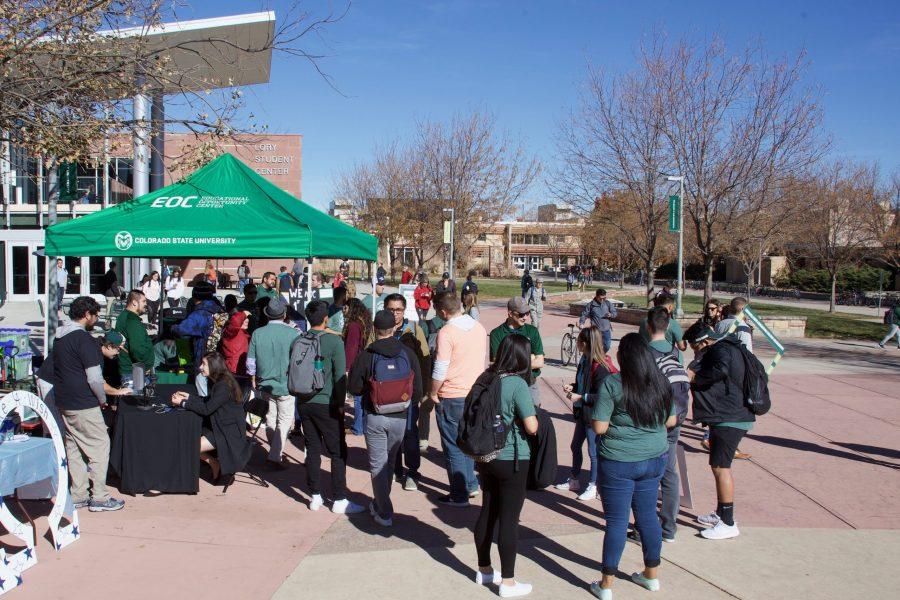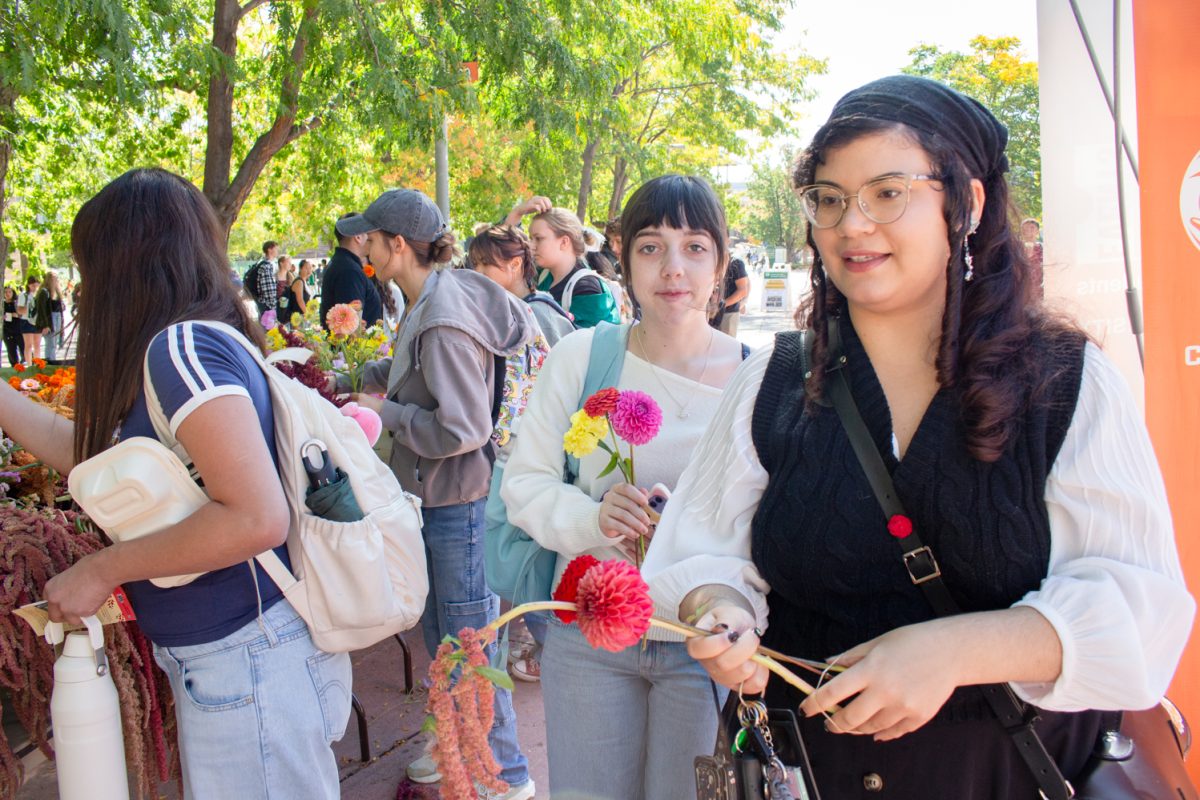In the ancient Greek language, there were two words for time: chronos and kairos. Chronos refers to time as we usually mean it — a sequence of equal parts. There are 24 hours in a day, and each hour is the same length of time. It’s what a clock measures. Kairos refers to the way in which certain moments are more important or influential than others. A clock can’t measure that, but it’s undeniable that some moments in time are much more significant than others.
The Global Village Museum of Arts and Cultures is currently running an exhibit called “It’s about TIME,” which explores the different kinds of time and how they are used around the world. The museum is inviting visitors to explore the multifaceted concept of time through a diverse array of artistic and cultural lenses. Running from Feb. 7 to May 24, this exhibition delves into the evolution of timekeeping, the stories embedded in fossils, the rhythms of time in music and much more.
Putting this exhibit together was a group effort between the exhibit committee and the community as a whole. There were a lot of people who came together to bring this to life. Some of the people involved were Steve Dietemann, the inspiration for the show; Seraina Gessler and her husband, Johannes Gessler; Randall Kurtz; and Christa Struble.
“The big thing we’re trying to build here is a community around the museum and then connect with the community at large and our, you know, mission of educating and creating (and) understanding cultural awareness. So that’s what it’s all about. I love it.” –Randall Kurtz, Global Village Museum board chair
“We were hoping that as somebody goes through it, it just builds curiosity and makes them think about if you’re just standing there, looking at the board, … it makes you say, ‘Oh, you know, there was this cartoon we used to watch,’” Dietemann said.
Upon entering the exhibit, guests are greeted by a chronological journey showcasing the progression of time-measuring devices. From ancient sundials and water clocks to intricate mechanical timepieces and contemporary digital clocks, the collection highlights humanity’s enduring quest to quantify and manage time. This historical perspective not only underscores technological advancements but also reflects the shifting perceptions of time across different eras and cultures.
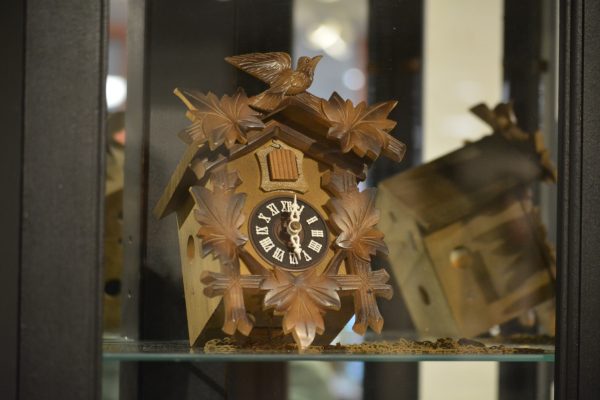
“The most interesting one is the cosmic calendar,” said Seraina Gessler, a co-curator for the exhibit. “And the friend of ours made that poster for us. It’s basically 13.8 billion years shrunk together into one year. So we can have a feeling what happened if you shrink it there together.”
Music enthusiasts may find the exploration of time in music especially engaging. The exhibit delves into how composers and musicians manipulate tempo, rhythm and timing to evoke emotions and convey narratives. Interactive displays allow visitors to experience how varying rhythms and beats can alter the perception of a musical piece, emphasizing the intrinsic link between time and auditory art forms.
The museum designed the exhibit to be interactive and family friendly, ensuring that visitors of all ages can engage with the content. Hands-on activities and thought-provoking displays encourage guests to reflect on their personal perceptions of time and its influence on daily life. This approach aligns with the museum’s mission to foster an understanding and an appreciation of the world’s diverse cultures through engaging exhibits and programs.
“The minute we started putting stuff up, everybody’s like, ‘Oh, I have an old watch,'” Dietemann said. “And so … all of a sudden, things started sort of blossoming.”
A section of the exhibit is dedicated to fossils. These remnants offer a tangible connection to the distant past, providing insights into the Earth’s geological and biological history. Through these specimens, visitors are able to appreciate the vastness of geological time and the transient nature of individual existence within it.
This museum pulls from the community. It is a destination for local school field trips and located right in the heart of Old Town. The community is integral to the museum. From putting exhibits together to providing displays at First Friday Art Walks, the museum works hard to supply education to its community.
“The big thing we’re trying to build here is a community around the museum and then connect with the community at large and our, you know, mission of educating and creating (and) understanding cultural awareness,” said Kurtz, the Global Village Museum board chair. “So that’s what it’s all about. I love it.”
Reach Riley Paling at entertainment@collegian.com or on Twitter @rileypaling.



